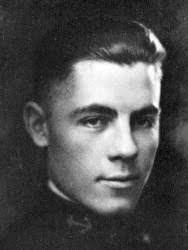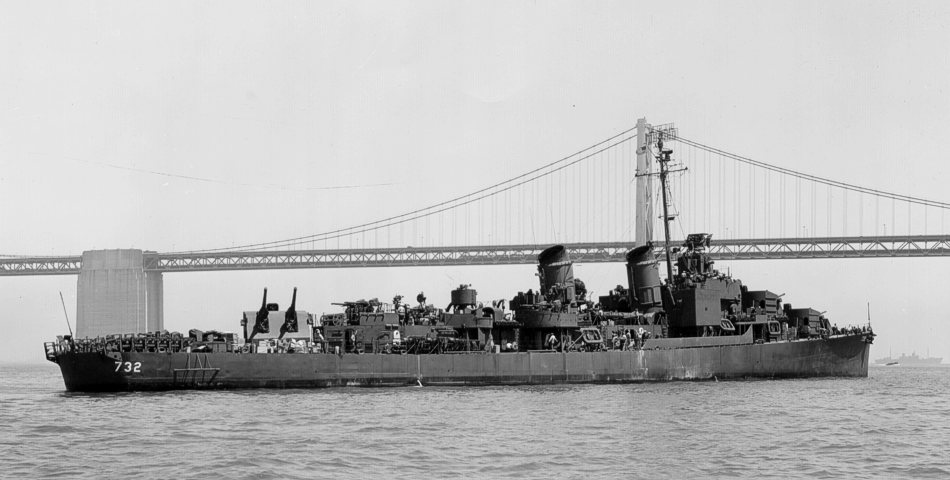I slept in this morning, the first day of the new year. I had planned to get up and do the New Years Day Hobsonville Parkrun 5K, and when I realized that I could literally put on my running shoes and run to the start with a minute or two to spare, I made the decision to do it. Originally, I'd planned to go hard today, but since I had not had time to stretch, I made the decision to run easy...at least for the first couple of miles. But let me take a step back. It's 2024 and I haven't written a blog post since July of 2023, when I wrote about my focus on finding my running and swimming speed. The best laid plans... Literally 5 1/2 months later, after moving 6,000 miles away literally to the other side of the world. Today was my 8th 5K in 6 1/2 weeks, albeit still fighting some hip and back issues. I've been incredibly consistent, averaging right around 25 minutes and not having attempted to go all out yet. Looking at my last blog post, I estimated that I was capable of running a 5K in 22-23 minutes. That's going to be my goal for 2024...I love having a goal.
Today's 5K was about taking things as they came. I used my 2 mile warm up run well, averaging ~10 minute/mile pace at a low heart rate. Check. Since I didn't do anything fast, and the race was literally starting a couple of minutes after I arrived, I decided to start easy, which turned out to be 9 minute pace for the first two miles, my effort did increase during the second mile, but still was within my Z2 heart rate effort. By the time I finished the first two miles, I felt it was ok to run the last mile hard...not super hard, but hard nevertheless. I kept under 8 minute/mile pace, considering that my right hip/hamstring insertion was sore yet again (probably from not fully stretching beforehand), I'll take it. This was the fastest I've run the third mile of the 5K since I began doing this race in November.
I look back at 2023 only very briefly. Honestly, it is not a year I plan to remember very much of. It was filled with stressors, and as usual, I wouldn't change a thing, because now we're in New Zealand an I'm running a local 5K every Saturday morning!
I still feel that my last Ironman, which was now over a year and a half ago, definitely took its toll. In yet another reminder that my full Ironman days should be over, I don't believe that my body has let me forget. My back and hips continue to have issues, although I'm now doing near daily core exercises and stretching. Hopefully, with time and patience, I won't wake up every morning already stiff and sore. I'm fortunate that over the past thirty years, I've built a base of fitness that my body can call upon. Still, it's been humbling to "hit the fall" of a 5K within 1 1/2 miles of the start. I'm hoping that I can build up some endurance associated with hard efforts that will carry me through in the coming year. So far, my best time of 24:20 wasn't a typical all out 5K effort. That's encouraging, insofar as my fastest 5K in the last two years is only about a minute faster.
One of the funnest parts of my journey has been seeing what this 64 year old body is capable of. Considering that 32 years ago, at the age of 32, I ran my first 5K, and my time then was right around 23 minutes. Getting back to that time seems to be a reasonable goal right now, and all signs seem to be consistent with my being capable of doing so. Right now, I'll be targeting June 22nd as my first 5K at the age of 65. Let's see what I can do then!
I also pulled out my guitar yesterday, for the first time in years. For a moment, I felt like I was 16 again! There are a number of things that I need to be doing with my life, not the least of which are doing things that aren't stressful. It's time. 2024 is here. I'm ready to embrace it!













